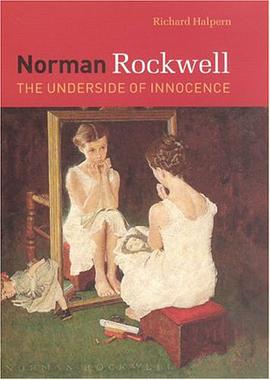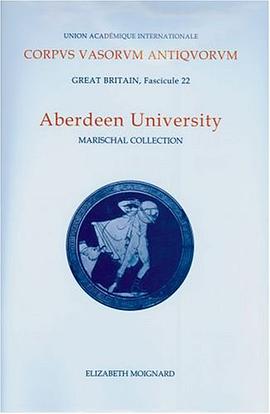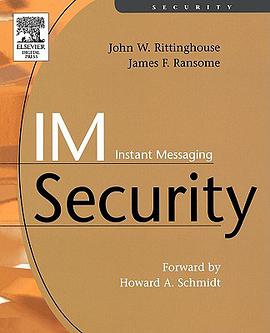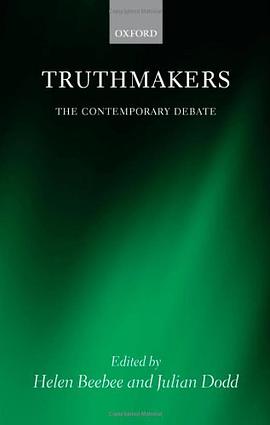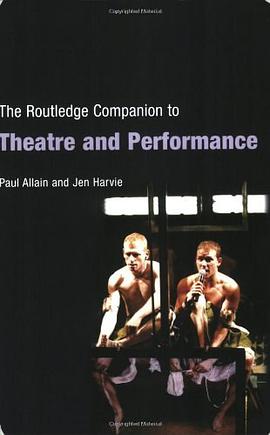

具體描述
Martin Luther preached the radical notion that we are saved through faith alone. With one stroke, he overturned a thousand years of practice and teaching. Gone was the need for saintly intercessors and a special priesthood or the richly decorated and image-filled churches in which such mediation could take place. What counted now was faith arriving inwardly, in each individual, through the text of the Bible - the naked Word of God itself. But if words - not iconic images - led the believer to salvation, why didn't religious imagery disappear during the Reformation? The answer, according to Joseph Leo Koerner's masterful "The Reformation of the Image", lies in the paradoxical nature of Protestant religious imagery itself, which is at once both iconic and iconoclastic. According to Koerner, it is this "iconoclash" that characterizes Reformation art. "The Reformation of the Image" compellingly shows how visual art became indispensable to a religious movement built on words. It also reveals in Protestant images a powerful instance of modern disenchantment: the disappearance of magic both from images and from the world.
著者簡介
圖書目錄
讀後感
評分
評分
評分
評分
用戶評價
相關圖書
本站所有內容均為互聯網搜索引擎提供的公開搜索信息,本站不存儲任何數據與內容,任何內容與數據均與本站無關,如有需要請聯繫相關搜索引擎包括但不限於百度,google,bing,sogou 等
© 2025 book.quotespace.org All Rights Reserved. 小美書屋 版权所有



